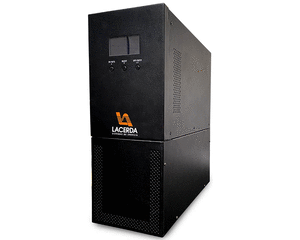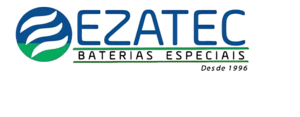ABSTRACT
This bachelor thesis focuses on switching phenomenas of MOSFETs during switching in power electronics, their effects on components, and the overall circuit. These phenomenas can lead to improper circuit operation, even to the destruction of individual circuit components. For this reason, this bachelor thesis also includes simulations of several circuits in which the MOSFET or MOSFETs serve as the switch. These simulations will serve as demonstrations of unfavorable states and phenomenas during the switching of MOSFETs. Regarding these simulations, the thesis also covers the conditions for proper MOSFET operation and the conditions to prevent the destruction of the MOSFET transistor itself.
Power Electronics Electrônica de Potência Página do Eng. Armando Cavero Miranda
No Blog Eletrônica de Potência você encontrará informações sobre teses,artigos,seminarios,congressos,tecnologias,cursos,sobre eletrônica potência. “TEMOS O DESTINO QUE MERECEMOS. O NOSSO DESTINO ESTA DE ACORDO COM OS NOSSOS MERITOS” ALBERT EINSTEIN. Imagination is more important than knowledge, for knowledge is limited while imagination embraces the entire world. EL FUTURO SE CONSTRUYE HOY,EL SUCESSO NO ES FRUTO DE LA CASUALIDAD,SE HUMILDE ,APRENDE SIEMPRE CADA DIA.
AUTOR DO BLOG ENG.ARMANDO CAVERO MIRANDA SÃO PAULO BRASIL

.gif)
“SE SEUS PROJETOS FOREM PARA UM ANO,SEMEIE O GRÂO.SE FOREM PARA DEZ ANOS,PLANTE UMA ÁRVORE.SE FOREM PARA CEM ANOS,EDUQUE O POVO.”
“Sixty years ago I knew everything; now I know nothing; education is a progressive discovery of our own ignorance. Will Durant”


https://picasion.com/


sexta-feira, 4 de abril de 2025
Simulační model pro demonstraci problematiky spínacích jevů MOSFETů ve výkonové elektronice Simulation Model for the Power Electronics MOSFETs Switching Phenomenas Issues Demonstration
Simulační model pro demonstraci problematiky spínacích jevů MOSFETů ve výkonové elektronice Simulation Model for the Power Electronics MOSFETs Switching Phenomenas Issues Demonstration
Vladimír Glomb
quinta-feira, 3 de abril de 2025
sábado, 29 de março de 2025
Assinar:
Postagens (Atom)



